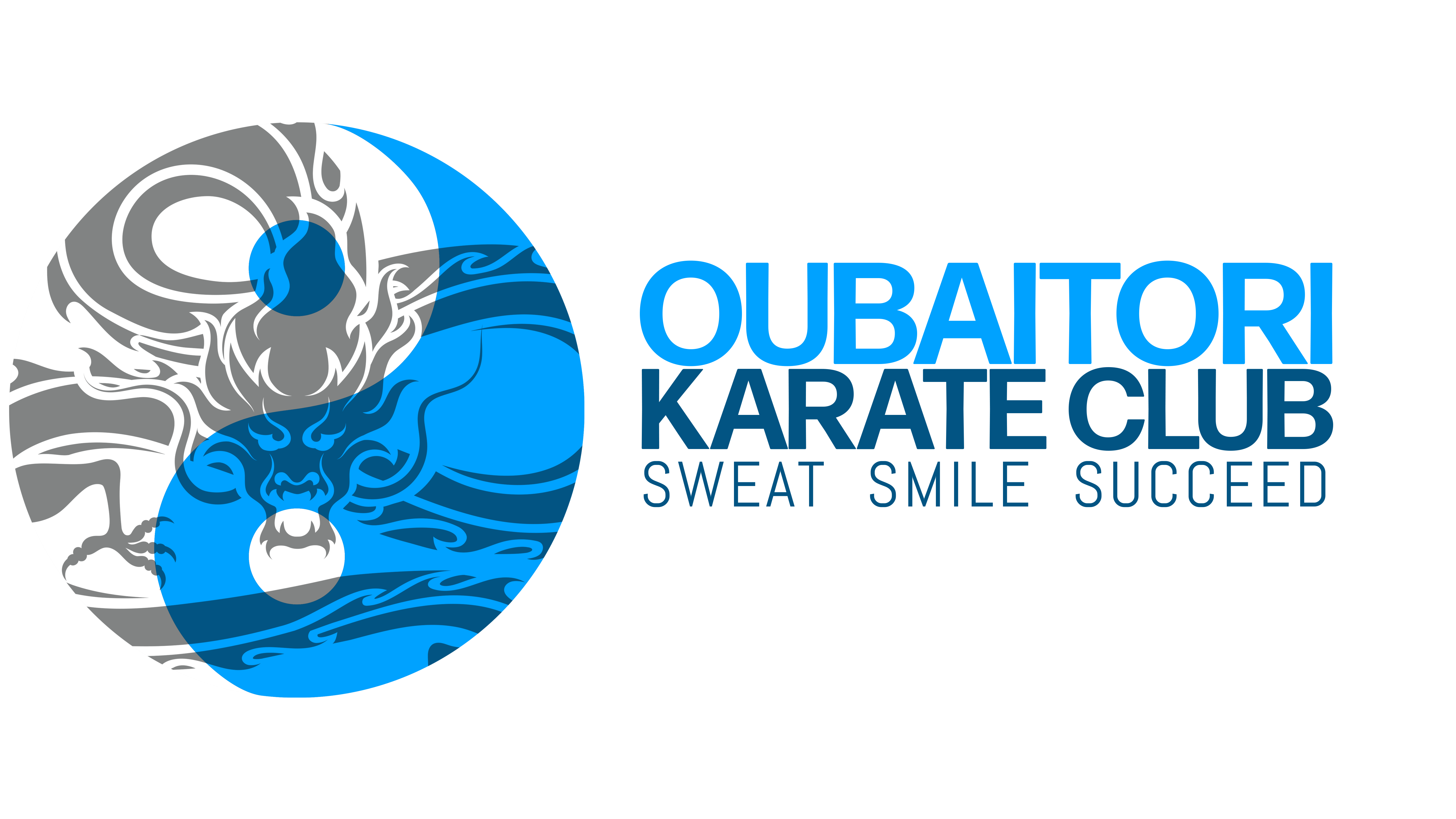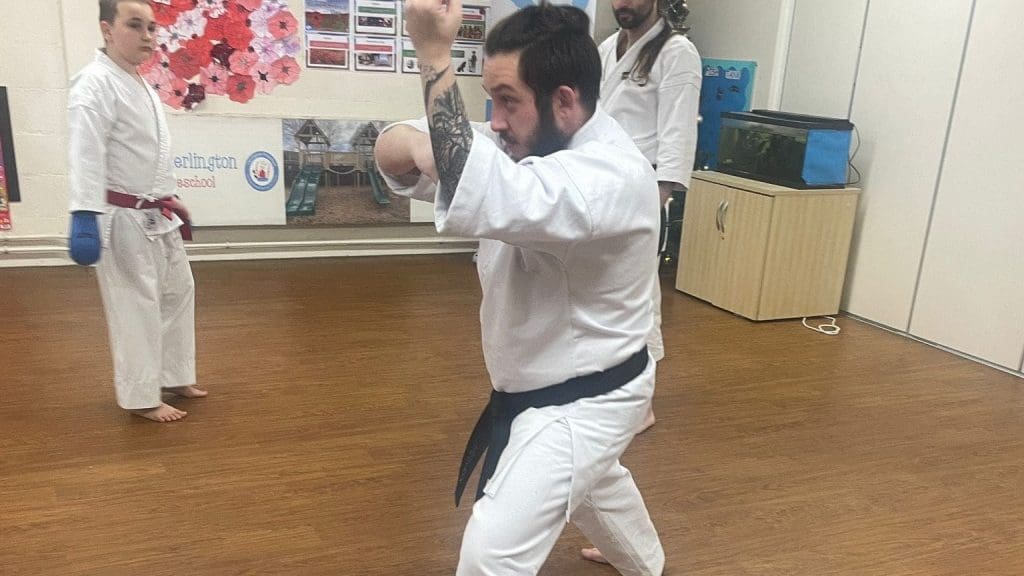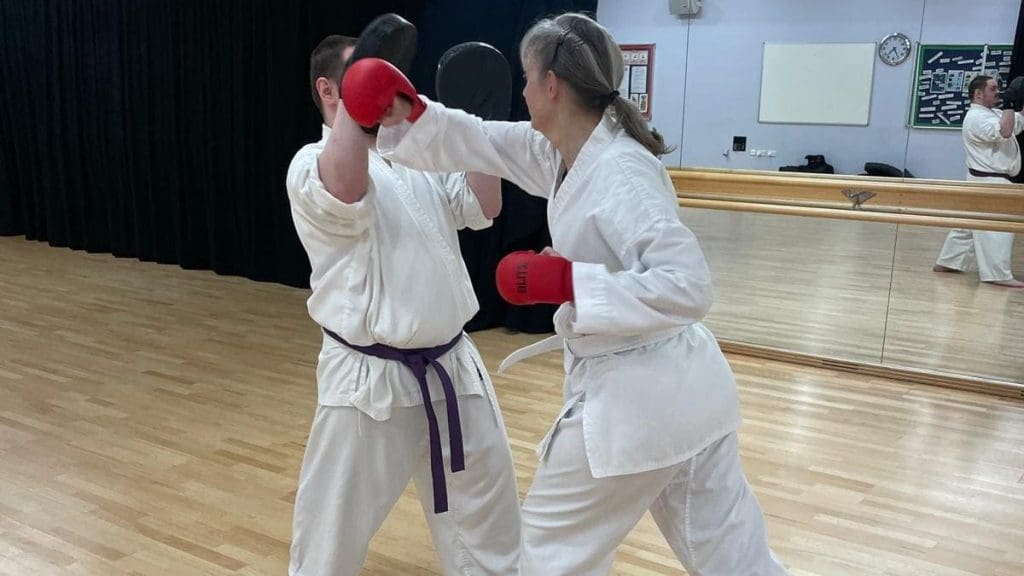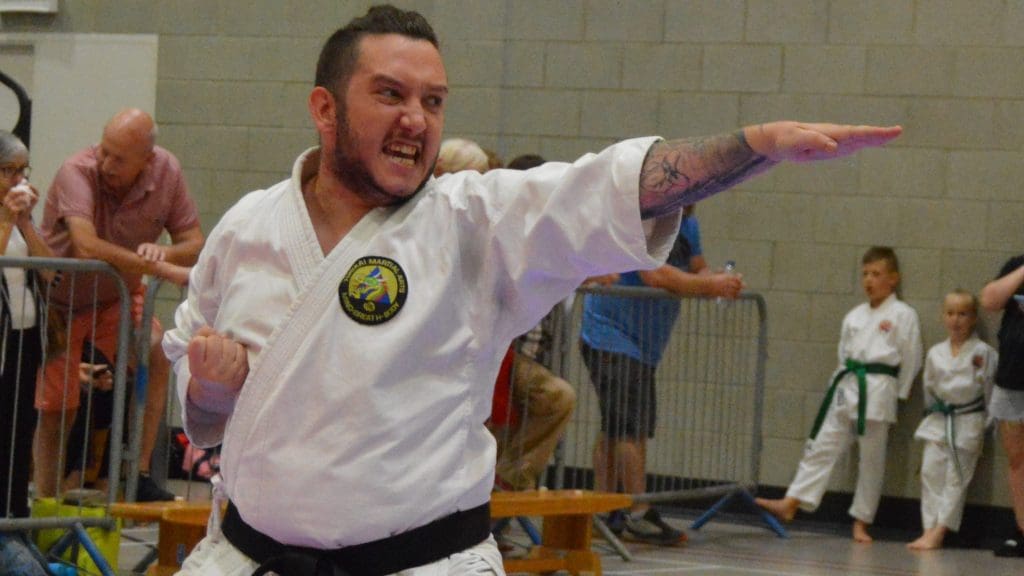Karate is an ancient martial art that has evolved over centuries. It has gained popularity worldwide. There are lots of forms and styles being practiced. If you are thinking of enrolling your child in a karate school, it is important to understand the differences between traditional karate and freestyle karate.
In this article, we will explore the distinctions between these two forms and the unique benefits they offer.
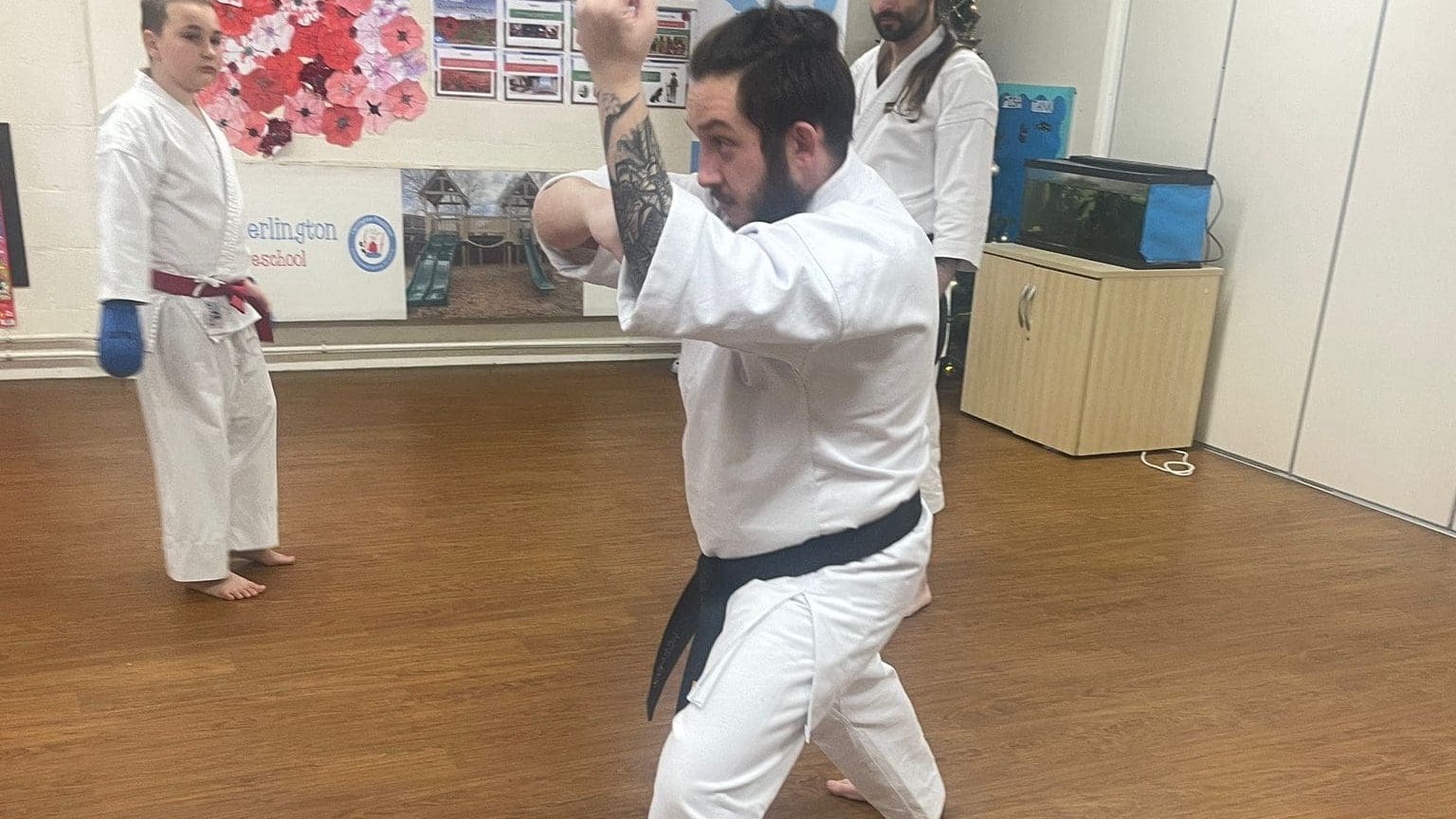
Short History of Karate
Traditional karate is the original form of karate. It started in Okinawa. Karate is inspired by Chinese martial arts. It hundreds of years of history. It encourages self-development (budo) and the idea of a ‘finishing blow’. A “finishing blow” is the strike that stops the opponent being able to fight.
Freestyle karate evolved from traditional karate. It uses techniques and stances from Japanese karate but adapts them to be more competitive. Freestyle karate focuses on exercise and competition rather than the traditional objectives. It is a more modernised and dynamic form of karate.
That’s not to say that either are right or wrong, or that one is better than the other. Their goals are different.
Purpose of Karate
The goal of traditional karate is self-defence. Traditional karate aims to deliver a ‘finishing blow’. In traditional karate competitions, a point is awarded to the person who achieves the finishing blow. The purpose of traditional karate training is to develop a balanced mind and body. This is achieved through hard training with discipline, focus, and self-improvement.
Freestyle karate focuses on fluidity, modern day combat effectiveness. The objective is delivering fast and precise strikes to earn points. Freestyle karate encourages the fighting spirit and encourages students and competitors to develop their skills to excel in competitions.
How training is different
Traditional karate schools often have a simple approach to training. The training environment is inspired by the traditional teachings found in Japanese dojos. It is taught in halls with hardwood floors and very little decoration. This setup creates a focused and disciplined environment. It reflects the centuries of tradition.
Freestyle karate classes are conducted in a more modern settings. They often use matted floors. These matted floors provide a safer environment. This lowers the risk of injuries during training. Freestyle karate schools may have wall-sized mirrors. This lets students to see their form and technique.
Techniques in Traditional and Freestyle Karate
Traditional karate is a lifelong study. Students dedicate themselves to perfecting techniques. They do this through constant practice. They focus on perfecting their form and power. The moves show the student’s control over their body.
Freestyle karate techniques are more fluid. They are designed for modern-day combat situations. As well as traditional techniques, freestyle karate may add modern adaptations from other martial arts. This is to enhance self-defence and competition skills. The focus is on practical applications of techniques for sparring situations.
Benefits of Karate Classes
Karate classes offer benefits for both children and adults. Here are some of the benefits.
- Full Body Exercise: Karate uses the entire body. It can improve your stamina, flexibility, and strength. It does not target only specific muscle groups. Karate uses all muscles, giving a full body workout.
- Mobility: Students improve agility and mobility. The activities in class help to improve coordination and agility.
- Cardio: Regular practice increases your cardio. It strengthens the heart and improves overall health. This reduces the risk of heart disease and stroke.
- Reflexes and Coordination: Consistent training enhances hand-eye coordination and reflexes. Learning new techniques and movements improves coordination. This enables students to respond quickly and effectively.
- Confidence: Karate training improves confidence. It empowers students to defend themselves and their loved ones. Students become self-assured, brave, and empowered.
Oubaitori Karate Club in Peterborough offers a blend of traditional and freestyle karate classes. We combine the best of both. We aim to keep martial arts useful and fun. We want to honour our Senseis and heritage.
The benefits of karate classes are more than physical fitness. We aim to encourage personal development, discipline, and self-confidence.
Conclusion
Traditional karate and freestyle karate are different in how and why they train. Traditional karate focuses on discipline and self-improvement. Freestyle karate focuses on competition and modern combat. Both types of karate classes have lots of physical and mental benefits.
If you want to try in Karate in Peterborough we have classes for everybody.
